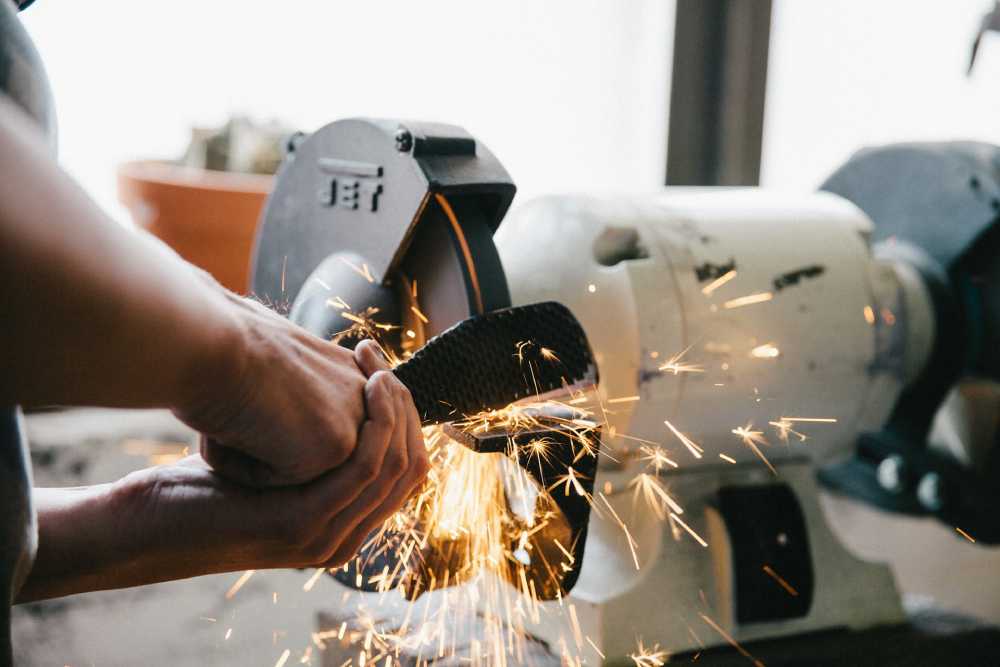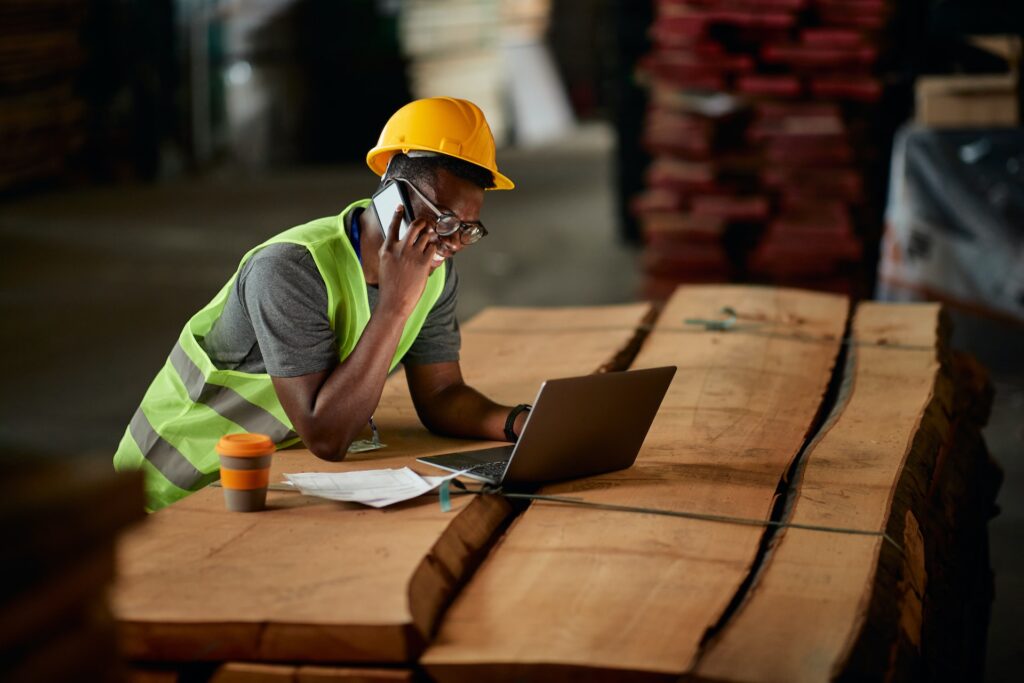Metal fabrication is the cornerstone of industrial manufacturing and development, from everyday objects like appliances and vehicles to the structural components of bridges and skyscrapers. It involves transformative processes, where raw metallic materials are cut, bent, welded, and assembled into definitive shapes and products.
As critical as this craft is to modern society, it is equally vital for it to evolve with technological advancements. An excellent demonstration of innovative metal fabrication techniques can be witnessed in the production facilities that cater to Charlotte, NC’s architectural and transportation sectors, where the fusion of tradition and technology is ever-present.
The Evolution of Metal Fabrication Through History
Since the discovery of smelting, when ancient civilizations first turned ores into workable metals, metal fabrication has experienced a constant evolution. Our forebearers’ legacy shines through the intricate metalwork of cultural artifacts and historical sites, which testify to their skill and innovation.
With time, metal fabrication has become a sophisticated discipline driven by artisanal expertise and scientific insight, illustrating humankind’s relentless pursuit of improvement. As the rudimentary tools of the past paved the way for intricate machinery, the trajectories of entire societies were shaped by the capacity to manipulate metal.
Fundamental Techniques of Metal Fabrication
While it might seem potent, the magic of metal fabrication lies in three essential techniques: cutting, shaping, and joining. Think of them as a three-step process to turn an idea into a real metal object. Cutting starts things, shaping refines the form, and joining makes everything one.
Mastering these skills is crucial to ensure every piece is made perfectly, especially for those tough jobs. It’s the same principle behind a well-sharpened knife – the proper technique makes all the difference! Knife sharpening is an excellent example of how even basic metalworking can be applied in everyday situations.
In the world of metal fabrication, though, the stakes are much higher, and the results can be truly awe-inspiring.
Popular Tools in Metal Fabrication
In the hands of a skilled fabricator, simple tools can create marvels, but advanced equipment enhances those capabilities exponentially. Transitioning from manual saws and torches to CNC machines and laser cutters has marked an era of precision and productivity previously unimaginable.
Today’s metal fabricators pit traditional hammering against modern pressing techniques, balancing the irreplaceable human touch with the unwavering consistency of machines. Tools that once relied solely on manual exertion now incorporate intelligent systems, blurring the lines between craftsmanship and technology.
Materials Commonly Used in Metal Fabrication
Metals are like the varying voices in a choir, each contributing a distinct tonality. Steels provide strength; aluminum offers lightness; copper proffers conductivity, and so on. Selection is crucial predicated on cost, workability, and performance characteristics.
A metal that thrives under tensile stress might falter in corrosive environments, turning the choice of materials into a strategic decision. Understanding these nuances can be the difference between a product that excels and merely functions.
The Metal Fabrication Process: Step-By-Step
Metal fabrication is a sequence of deliberate and well-planned steps from conception to completion. The journey starts with a blueprint or a digital model, extending through the meticulous process of marking, cutting, and contouring the metal in line with precise measurements.
A commitment to maintaining quality underlines each step—through the hands-on craftsmanship emblematic of a smaller workshop or an industrial-scale manufacturer’s high-throughput, almost choreographed operations. The maker’s vision is fully realized when it reaches the final stage, where components are seamlessly welded or bolted together.
Advanced Technologies Transforming Metal Fabrication
While the essence of metal fabrication remains constant, its execution is continually reinvented by emerging technologies. Innovations such as CNC machining, which once democratized precision, are now paralleled by the transformative powers of 3D printing—a technology extending the boundaries of what can be achieved.
Metal fabrication’s latest frontier is characterized by automated precision, where advanced robotics and AI-driven systems like robotic welding play a pivotal role in enhancing efficiency and versatility, reshaping the industry from the ground up.
The Influence of Metal Fabrication on Various Industries
The tentacles of metal fabrication extend into virtually every industry. From the cars we drive to the planes that crisscross the skies and the buildings that form our cityscapes, each relies on the precision and strength of fabricated metal components.
Each sector demands intricate, reliable parts that only skilled metal fabricators can produce. This industry doesn’t just support the backbone of manufacturing; it propels innovation and progress across the global economy.
Trends and Innovations in Metal Fabrication
Contemporary metal fabrication is colored by a spectrum of trends, with sustainability and rapid prototyping at the forefront. The field has begun to pivot towards environmentally friendly practices, championing recycling and energy efficiency.
Concurrently, the ability to create one-of-a-kind pieces through innovations like metal 3D printing is propelling a new age of customization. These trends are more than just fleeting—they represent a paradigm shift in how we envision and interact with the metals that underpin our daily lives.
Future Prospects in Metal Fabrication
As we look down the road, the metal fabrication industry shows no signs of decelerating. On the contrary, it is primed for progress, with doors wide open for those who aspire to merge traditional skills with cutting-edge technology.
Tomorrow’s metal fabricators will likely navigate an ecosystem where virtual reality assists in design, and automation governs fabrication. They will be at the vanguard of Industry 4.0, harnessing the full potential of intelligent factories and predictive maintenance, ensuring metal fabrication remains an indispensable and dynamic facet of the modern world.





Leave a Reply
You must be logged in to post a comment.